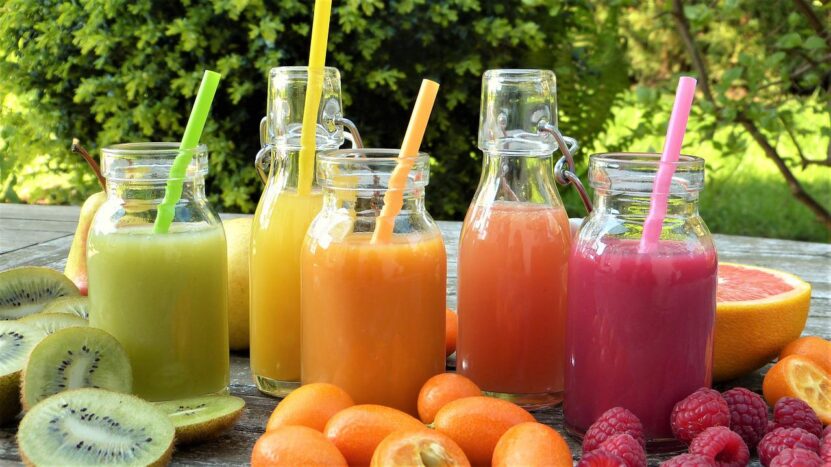Food colors are standard in every meal and drink. They represent the flavor associated with the color. Food colors are added to food or drink to make it visually attractive. There are three types of food colors; synthetic food colors, natural food colors, and clean-label food colors.
Food colors are dyes, pigments, or chemicals added to foodstuff. They are available in liquid, powder, pastes, and gel forms. They can be used in both household and commercial food manufacturing. The major sectors like cosmetics, medicines, home craft projects, and medical gadgets use natural colors.
Market trends
The natural food color market had a valuation of $2.1 billion in 2021. It can go up to $3.1 billion by the end of 2027, with a CAGR of 8.4% from 2021 to 2027. These numbers will increase day by day as the population is increasing and people are getting more aware of health. Thus, reducing the demand for synthetic colors due to their effects on health. High consumption of artificial colors can develop hyperactivity disorder which is very common in youngsters.
Plant natural colors
Traditional and raw food colors have been derived from natural sources like plants, flowers, and vegetables. Nutritionist suggests that natural colors are more healthy compared synthetic colors.
Sources to obtain natural colors
Most of the Caryophyllales plants contain Betalains which are water-soluble plant pigments. It can be found in various components of plants like flowers, leaves, stems, and bracts. The stability of betalains depends on temperature. It gets affected during food preparation and storage.
A distinctive green hue from plants has been obtained due to chlorophylls. The structure of chlorophylls consists of porphyrins, tetrapyrroles, and magnesium atoms. Chlorophylls are very sensitive to heat, light, oxygen, acid, and enzymes; they can cause rapid breakdown and color change.
Plant pigments have 40 carbon atoms that are known as carotenoids. Carotenoids give yellow-orange-red shades of colors. Carotenoids are of two types; carotenes and xanthophylls.
Carotenes contain carbon and hydrogen and xanthophylls contain carbon, hydrogen, and oxygen.
Many fruits and vegetables give blue, purple, red, and orange colors because it has anthocyanin in them. They are water-soluble plant pigments. The stability of anthocyanin color depends on various factors like pH, temperature, light, co-pigments, enzymes, oxygen, and sugars.
Color appearance
It’s important to remember that a single color source may not provide desired results. The color appearance gets impacted by the background color and nearby color substances. Fluorescent colors and FD&C colors are essential in the food and beverage industry as the consumer wants food to glow under conditions.
Conclusion
Food color plays a vital role in making the foodstuff attractive and visually appealing. Thus the use of natural sources for food coloring has increased rapidly. But the stability issue has always been a concern for natural pigments. Therefore, they need to stabilize before use. As the demand for natural food colors has seen exponential growth; the food business that develops and manufactures colors is expanding rapidly. Also, there are some possibilities for some future food color sources. Coffee husks and Eugenia myrtifolia fruits are examples of potential anthocyanin sources.
Related: The 10 most widely consumed drinks around the world!
